
Through the entrance is a version of Guido Reni’s 17th-century portrait of St John the Baptist, blown to shreds. Nearby, a chandelier lies splattered on the ground where it fell. Mirrors are cracked, paintings ruptured, and roofs in some rooms half-caved in.
Beirut is slowly rebuilding from the explosion on 4 August that destroyed much of its eastern seafront neighbourhoods and tore through galleries and hotel lobbies where some of Lebanon’s most renowned art was on display.
A new exhibition in the city seeks not to put artworks together again but to remake them, despite the gashes in canvasses and grazes in sculptured stone. Wounded Art, a collection of works damaged and destroyed by the blast, opened this month in the city’s Villa Audi, a mosaic museum that was itself badly hit.
In small rooms with curated music and passages from Lebanese writing and verse, lights mounted behind the canvases call attention to damage done to each work.
“The idea was to build the piece of art again without touching it,” says the curator, Jean-Louis Mainguy. “To build it again with music, with Lebanese poetry and literature, and of course the light.”
Nayla Romanos Iliya’s sculpture Entangled Love had been in the lobby of Beirut’s five-star Le Gray hotel a few hundred metres from the port. The explosion gutted the building, badly damaged the piece and sent Iliya into “a coma-like state”, she said.
“I was not able to function, I was not interested to work, unable to create anything, unable to think, it was too much to cope with,” she said. “The fact of proposing to show art that probably endured the same thing I did was the magic formula for me. I felt like blood was running again in my veins.”

She chose to include Entangled Love along with another of her damaged sculptures, Salaam, which had also been in the lobby of the hotel, located in the city centre which was a focus of Lebanon’s protest movement in 2019.
“To me the sculptures were witnessing everything that had been happening in Beirut and the coup de gras was this explosion, and they ended up falling and being damaged.”
The exhibit also includes artwork created since the blast, and some subjected to “enhanced relief”, including a piece by the British painter Tom Young, who roughly stitched together the torn canvas of one of his works.
The blasted centre of Reni’s St John is covered by projections of other historical depictions of the baptist, until the light suddenly dies, leaving a brown canvas surrounded by strips of colour and a lone recognisable foot.
“The primary idea is: why do we have to restore?” said Mainguy. “Why can’t we just live with the wound? Why do we have to forget it? And how far do we have to go to live with this wound in our everyday lives?”
In a city facing concurrent economic and health crises alongside the ongoing impacts of the blast, these were more than aesthetic matters, he said. “These are the questions we’re asking, and all the pieces in this installation are in fact answers.”
The exhibition, sponsored by Banque Bemo and the Audi Foundation, is on display until 16 January.








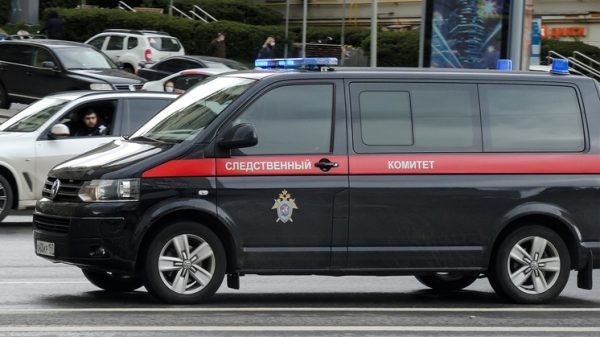

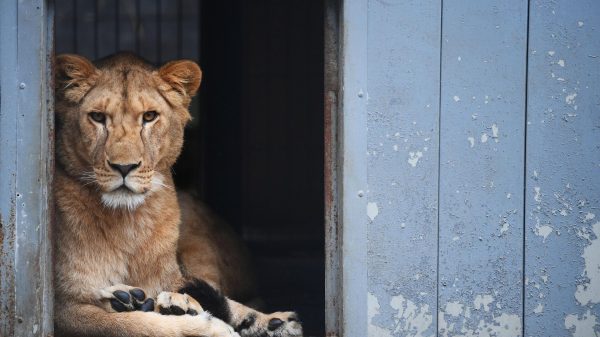


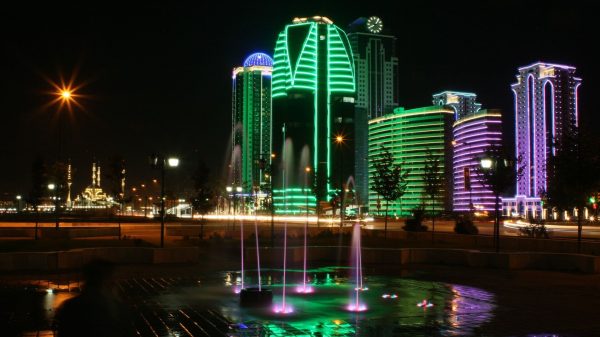

















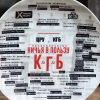
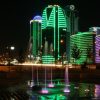


















Свежие комментарии